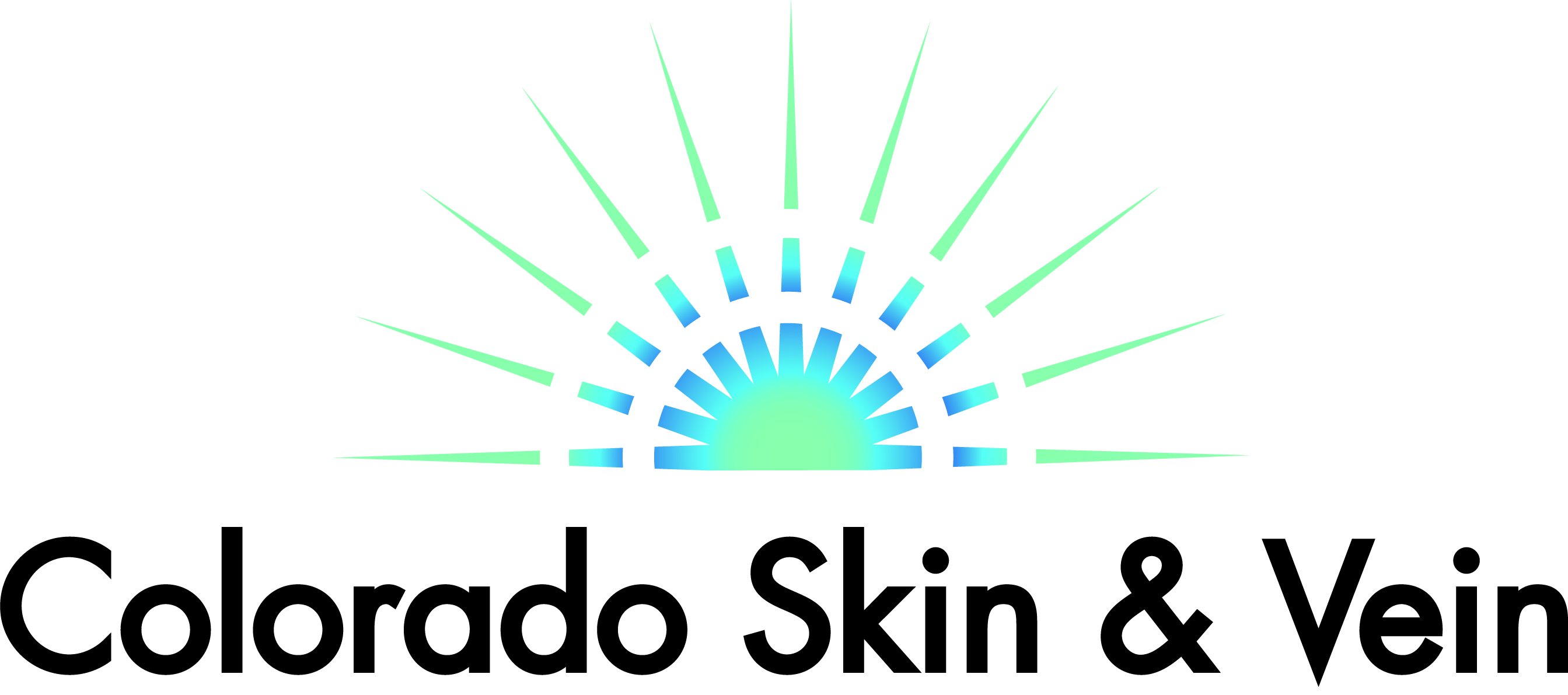April 7, 2023
Early Symptoms and Warning Signs of Varicose Veins
One in three adults in the United States has varicose veins. Knowing how to spot the warning signs that may signal their development can help you take steps to prevent their progression. Learn more here.
Approximately one in three US adults have varicose veins — the distorted, purplish leg veins that bulge, swell, and twist under the surface of your skin. While anyone can get them, certain risk factors and circumstances make their appearance more likely.
You can’t always avoid varicose veins, but you can take steps to minimize their severity — and treat them to prevent their progression. How? Learn your risk factors for varicose veins and how to spot the warning signs that signal their development.
Our skilled team at Colorado Skin and Vein in Englewood, Colorado, offers a full scope of advanced varicose vein treatment options for Denver-area patients. Here, board-certified vascular specialist Dr. David Verebelyi discusses the ins and outs of varicose veins, from risk factors and warning signs to helpful lifestyle changes and interventions.
How do leg veins become varicose?
Your veins have one job — to return deoxygenated blood from your body to your heart and lungs, so it can pick up fresh oxygen and head back out to your body through your arteries.
To help them perform this continuous task as efficiently as possible, they contain a series of one-way valves that keep blood flowing in the right direction. However, when those valves are weak or dysfunctional, it causes your circulation to become sluggish — and allows blood to repeatedly pool behind the problematic valves and exert pressure on the surrounding vessel wall.
This perpetual, localized buildup of blood and intravascular pressure eventually causes the affected area of the vein to swell, bulge, twist, distort, or become varicose.
Significant varicose vein risk factors
Most varicose veins are a product of a condition called chronic venous insufficiency (CVI), commonly referred to as poor circulation. Anyone can develop CVI and associated varicose veins, but certain risk factors make their appearance more likely.
Varicose vein risk factors fall into four general categories:
Inherited
You’re more likely to develop varicose veins if you’re tall or have a family history of the problem. Tall height puts your leg veins under pressure, while family history increases the likelihood of inherited vein valve problems.
Acquired
Being overweight elevates your varicose vein risk by increasing blood pressure within your veins; getting older boosts your risk merely because your vein valves are aging, too.
Lifestyle
Smoking (tobacco use) and prolonged sitting or standing can injure your blood vessels or increase pressure, setting the stage for varicose veins.
Hormonal
Being in a “high-estrogen state” can make you more vulnerable to varicose veins because high estrogen levels can decrease vein valve function. Female gender is a high-risk factor for varicose veins, and pregnancy amplifies that risk.
Early warning signs of varicose veins
Often, no early warning signs or symptoms indicate the impending arrival of a varicose vein — the painless process happens quietly and gradually, even if the vein changes appear suddenly just beneath the surface of your skin.
However, In other cases, your body may send subtle signals that you’re in the early stages of poor lower extremity circulation or that precipitates varicose vein formation. You may notice:
- Persistent achiness or heaviness in your legs
- Unusual leg pain when you’re physically active
- Leg discomfort during prolonged inactivity
- Unexplained leg muscle cramping and swelling
- Intense skin itchiness in the affected area
- Flaky or dry skin that begins to scale
- Visibly raised or inflamed sub-surface veins
- Noticeable skin changes over the affected area
As CVI advances — even if it hasn’t caused varicose veins — you may start to see orange-brown speckles of discoloration (so-called “cayenne pepper spots”) on your itchiest areas of skin. These spots develop when pressure and swelling burst tiny capillaries beneath the surface of your skin.
What can I do about varicose veins?
For many people, varicose veins are little more than a cosmetic concern. But when CVI or varicose veins cause symptoms, taking the correct steps can improve the problem and stop its progression. Whether you’ve just noticed your first varicose vein or you’re worried you may be developing one, the following actions can help slow the process:
- Don’t smoke or use tobacco
- Reach and maintain a healthy weight
- Get 30-60 minutes of exercise most days
- Elevate your legs several times a day
If you’re pregnant or your job keeps you on your feet, it can be helpful to use compression stockings. These custom devices assist and improve circulation in your lower legs to help prevent varicose vein formation.
And if you already have problematic varicose veins, we can help. To learn more about the minimally invasive vein removal options at Colorado Skin and Vein in Englewood, Colorado, call or click online and schedule a consultation today.
Want to know more?
Fellas (and you ladies, too) - if you suffer from varicose veins, don't wait until they get really bad to do something about them. Make an appointment with Colorado Skin and Vein and Dr. Verebelyi and go get them fixed! You will not regret it!
Want to know more?
"*" indicates required fields
- Copyright 2022 Nicdark Themes
- Envato Power Elite Author
